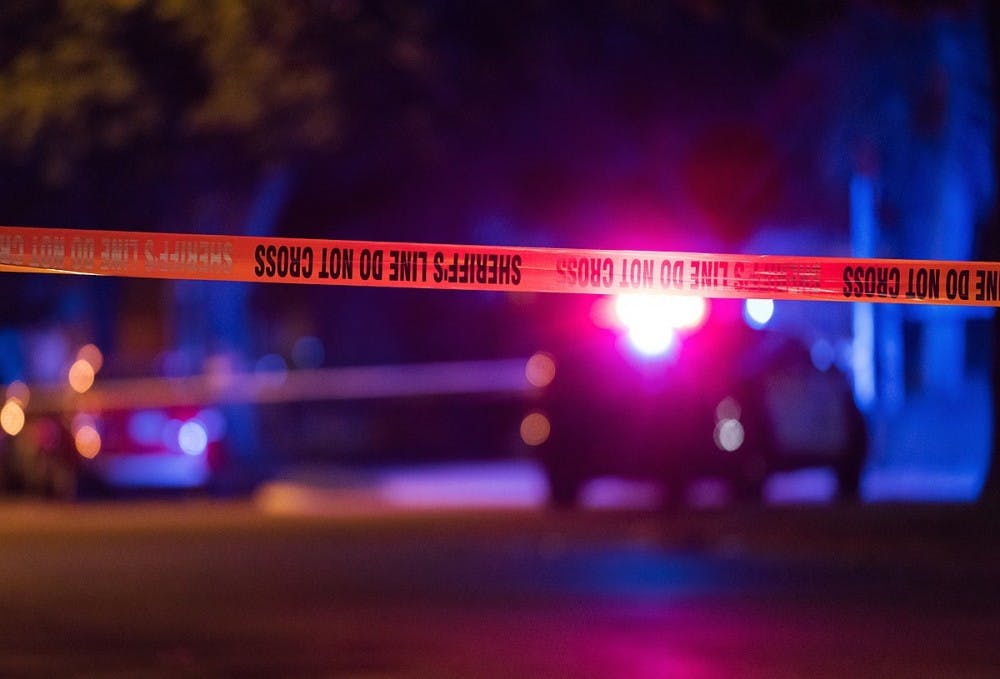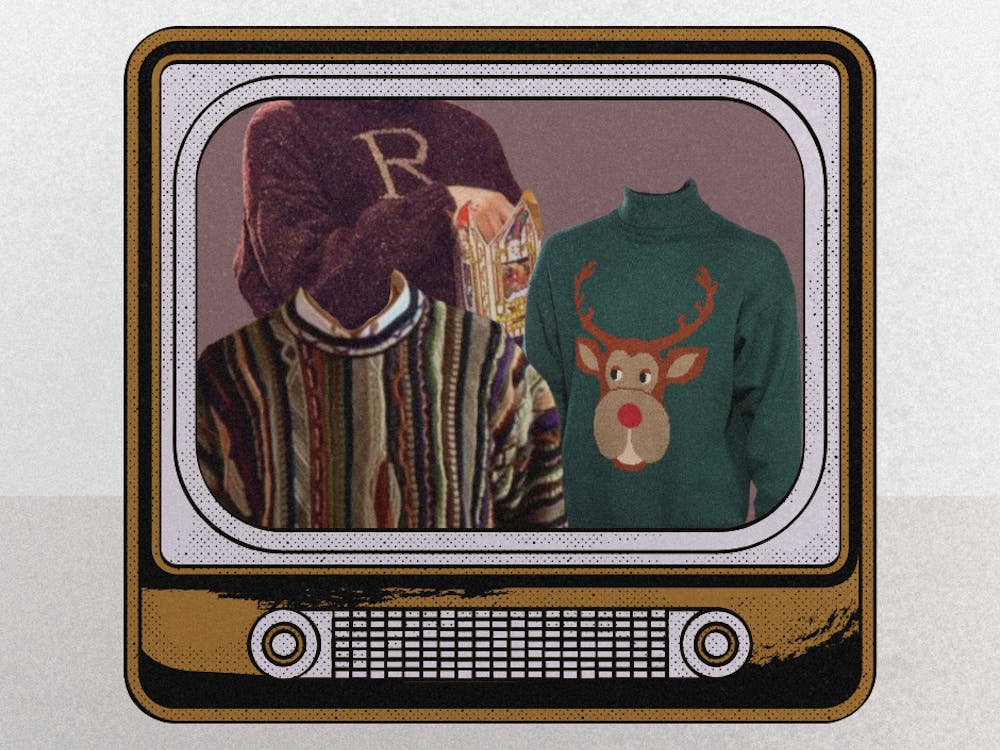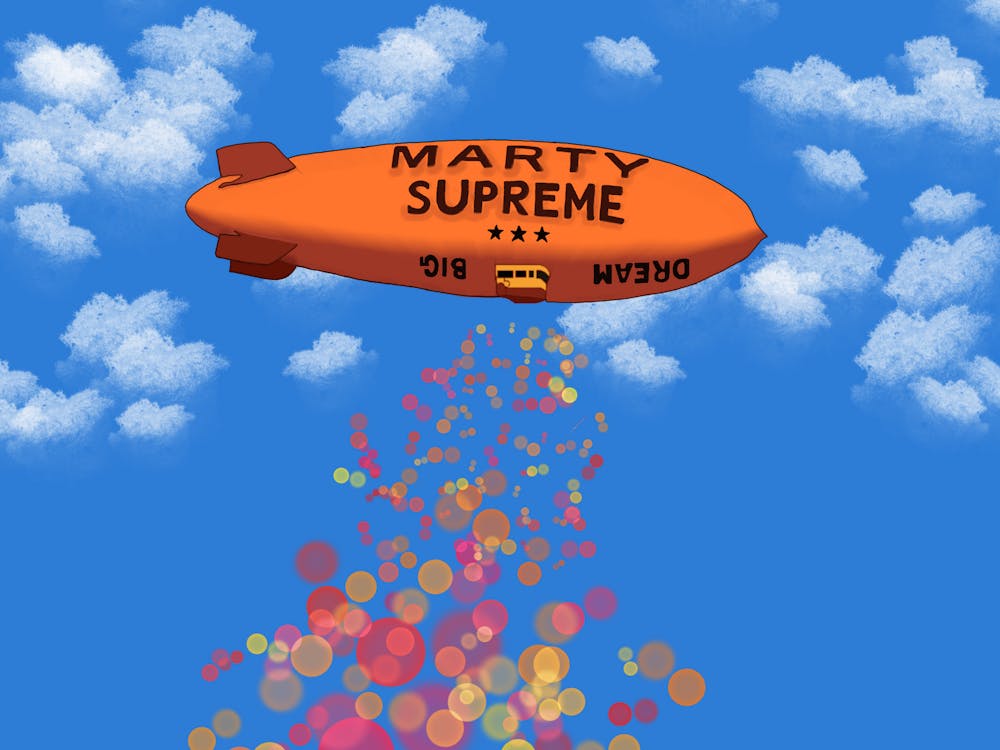The viral 2014 podcast “Serial” made many audiences aware of the murder of high school senior of Hae Min Lee, but even the most avid followers of the case should watch HBO’s recent release “The Case Against Adnan Syed.’ The docuseries — which released its first episode on Mar. 10 — further contextualizes the landscape of a case that “reeks of reasonable doubt” and that has captivated listeners enough to have downloaded the original podcast more than 175 million times. Even those who have somehow avoided hearing “Serial,” which became popular before podcasts were really a concrete trend, may have at least heard a sample in Bojack Horseman when character Diane’s phone would ring with the now-iconic opening line from the podcast, “My name is Sarah Koenig, and you’re listening to Serial.” That’s how large the influence of this one story became.
Years after the podcast brought the case to fame, 2019 sees an HBO documentary series directed by Oscar-nominated Amy Berg putting this fascinating case of situational evidence on an even more grandiose platform.
In January of 1999, 18-year-old Hae Min Lee went missing after school. Her body was found half buried in a park just miles from her house in Woodlawn, MD, and just weeks later her ex-boyfriend, then 17-year-old Adnan Syed was charged with her murder. Adnan still maintains his innocence, and since his case went public, there remains to be complete division on what truly happened to Hae Min Lee.
The docuseries returns to Adnan and Hae Min’s drama and viewers hear from Woodlawn High School’s class of ‘99 — the year the victim and the accused belonged before they both lost their lives — one in the literal sense and the other to a prison cell. The accounts of the classmates bring much more inside information. No matter how gossipy and trivial it might seem to ask how Adnan felt when Hae did so-and-so, it does provide the story with a lot more of a spine — granted, one that notches and bends, breaks and shatters when the stories of high school life are told from the mouths of these now adults.
The suspension is only elongated with their characterizations of their friends. Adnan was an extremely popular, really good guy. Hae Min was bubbly and constantly positive — always in contact with those around her via pager, which made her disappearance so startling.
Footage in the first part includes a community gathering in the mosque the Syeds attend. An update from Rubia, a family friend of the Syeds and the person responsible for bringing Adnan’s case to the media, talks about the goings-on of the case. People in attendance wear black shirts that read “Free Adnan.”
On the other part of the city, a close family friend of the Lees, who was not consulted in “Serial,” speaks about the heartbreaking effects of Hae Min’s death on her family — concluding that when Hae died, the rest of her family died with her. While this is just a metaphor, the show has still yet to interview any of Hae’s family. The series is full of moments like these that ruminate on the personal and the horrible — moments that expose complexities of the case but leave the viewer feeling even more unsatisfied with the unfulfilling trials of the justice system. Adnan is locked up mostly because there hasn’t been much new evidence that points towards another. Rabia reminds those gathered at the mosque that “My prayers are not just that Adnan is exonerated, but that God brings the truth to light, because that is justice for Hae.”
Even for a self-proclaimed expert on Adnan, the day of the murder, Hae Min Lee’s diary and all of the pages of the documents accounted by the podcast, the show creates an entirely different experience due to the change in format.
Humans are visual creatures that crave images and videos, not just sounds surrounding the case. Just listening requires a Google search to see Adnan’s face back then and now, or to see what Hae Min Lee’s blue prom dress looked like, or where the couple had their first kiss that sparked a long relationship of secrecy, sneaking around and parking lot make-out sessions. Their relationship becomes more sensationalized than ever just in the first episode, named “Forbidden Love.” One of the animations imagines Hae Min Lee as a sort of suburban Cinderella, her sparkly, shiny heels cast aside in her bedroom while she’s hunched over her diary — an image of innocence and youth.
Further, conversations face to face with Adnan Syed’s brother, mother and his allusive father reminds the viewer that while this is an incredible true crime story, it’s still people's lives. Meanwhile, artistic depictions of Hae Min and the pages of her diary gives the tragically murdered girl a life on screen, a vibrant one filled with emotion and all the uncertainty that accompanies an immigrant girl of 18. More than once, scenes are shown that seem surprising beyond belief, footage a devout follower of the case might not have known existed.
The show also provides context of how the public views Adnan’s case — the thousands of Reddit pages convinced they know the truth, the changes in the Syed family since the release of the podcast, even the celebrity of the suburbs’ high school where most of those involved attended — yet the conspiracy only grows in size with the show’s release.
Viewers can’t help but feel invasive watching the show dissect the life of this girl through her diary. She never gave consent to have any of her private thoughts contextualized on screen in the timeline of her impending death. Of course she didn’t give consent to that death either, and the show is merely shedding even more light on this injustice by further investigating. Berg and the other filmmakers are playing one of the major roles of the media with a captivating and necessary presence, adding even more detectives on this multifaceted venture to find out out what really happened.







